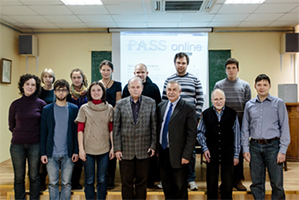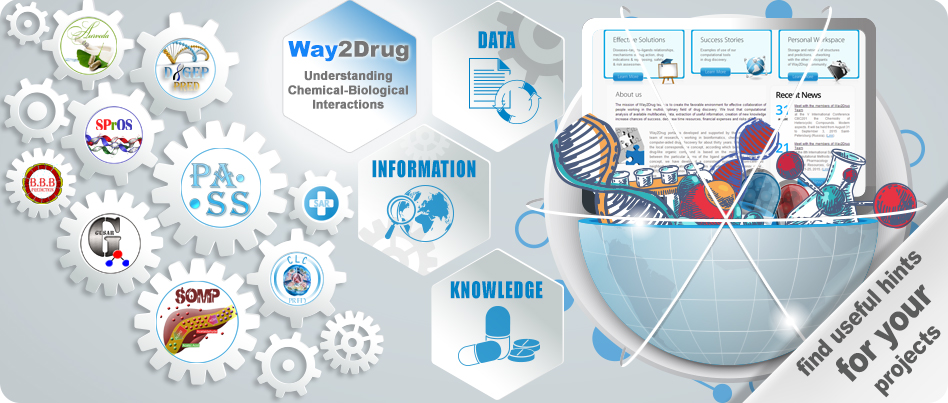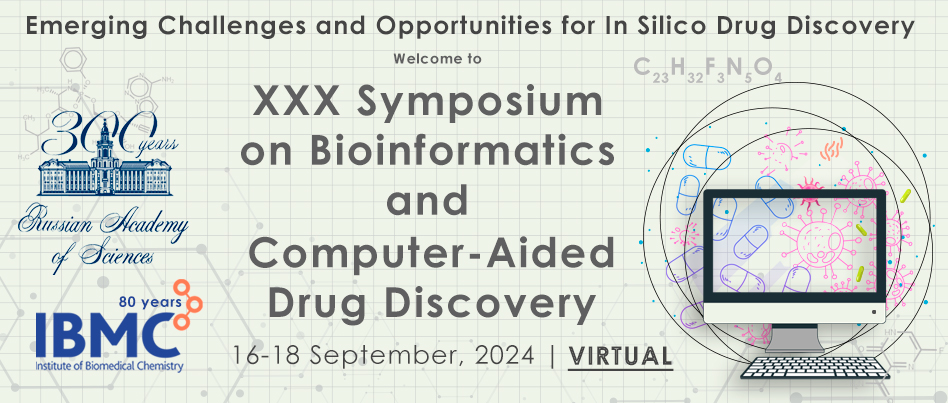About Us

Using this concept, we have developed a consistent system of atom-centered neighborhoods of atoms descriptors including MNA (Filimonov et al., 1999), QNA (Filimonov et al., 2009), and LMNA (Rudik et al., 2014), and have implemented them in several SAR/QSAR/QSPR modeling approaches.
The MNA descriptors have been employed for predicting biological activity spectra of organic molecules in the PASS software for more than 20 years. The current PASS version predicts several thousands different biological activities based on the structural formula of drug-like organic compound. PASS has been used by many scientists for discovery of new pharmaceutical agents in different therapeutic fields: as a tool for prediction of ADMET properties (Waterbeemd & Gifford, 2003), as a software for prediction of chemical toxicity (Cronin, 2005; Dix et al., 2007), as one of the earliest initiatives developed for virtual ligand screening and profiling (Bender et al., 2007; Ekins et al., 2007), as a program that can be used for drug repositioning (Poroikov et al., 2001; Ekins et al., 2011; Kryzhanovsky et al., 2013). Freely available PASS Online resource (Lagunin et al., 2000; Sadym et al., 2003) is exploited by over 9,000 registered users from more than 90 countries; numerous results of experimentally confirmed PASS predictions are published (for review see: Geronikaki et al., 2008; Filimonov et al., 2014).
Later we have developed a novel QNA based ‘Star Track’ approach where any molecule is represented as a set of points in the two-dimensional space of QNA descriptors, and ‘Star Track’ based software GUSAR (General Unrestricted Structure-Activity Relationships) for creating (Q)SAR models and their application for prediction of quantitative values of activity/property of drug-like compounds (Filimonov et al., 2009; Lagunin et al., 2010; Kokurkina et al., 2011; Zakharov et al., 2012; Zakharov et al., 2014; Fedorova et al., 2014).
Applicability of our approach to prediction of drugs biotransformation has been shown (Borodina et al., 2003; Borodina et al., 2004; Rudik et al., 2014).
Later we have developed some additional predictive web-services for estimation of drug-induced gene expression profiles (Lagunin et al., 2013), Meta-Pred for predicting sites of metabolism by five major drug-metabolizing isoforms of P450 (Rudik et al., 2014), CLC-Pred for prediction cytotoxicity for tumor and normal cell-lines.
Way2Drug portal integrates our web-resources for bioactivity prediction jointly with the interface for input of novel information by the user. This additional information may be used to improve the quality of the (Q)SAR models by re-training the predictive tools.
This additional information may be used to improve the quality of the (Q)SAR models by re-training the predictive tools.
Way2Drug is a freely available web-resource for academic researchers taking part in different projects aimed to drug research and development and evaluation of chemical toxicity.












